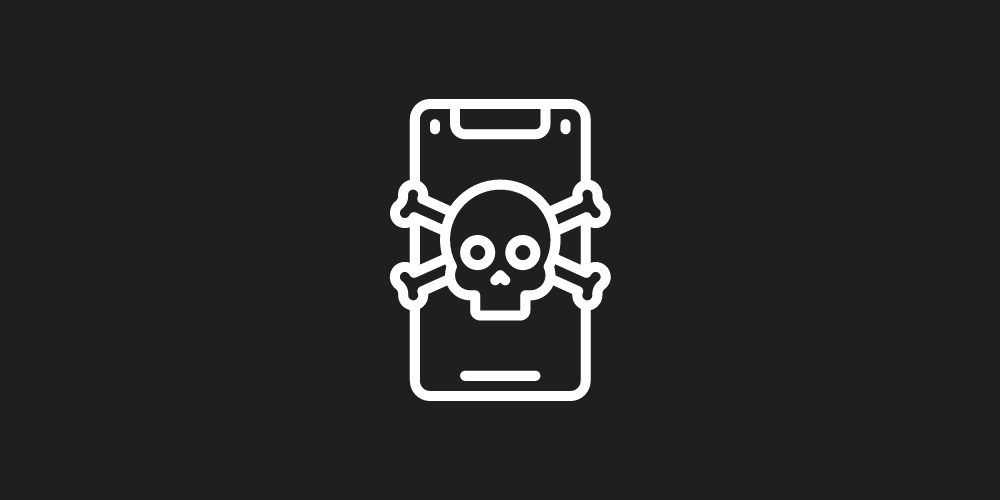Contents
In the shifting sands of the digital landscape, Zero Trust security has emerged as a beacon for organizations navigating the tumultuous waters of cyber threats.
Okta, a key player in the Zero Trust industry, offers a suite of solutions designed to bolster digital defenses and secure the enterprise against ever-evolving threats.
This post delves into Okta’s approach to Zero Trust, highlighting its innovative strategies in ramping up security measures, enhancing packet routing, and laying out a comprehensive implementation plan. With the rise of sophisticated cyberattacks, adopting a zero-trust framework is no longer optional but essential.
Okta’s solutions provide a roadmap for organizations looking to implement Zero Trust principles, ensuring a robust security posture without compromising on user experience or operational efficiency.
Join us as we explore how Okta is redefining security paradigms through Zero Trust, offering insights into their multifactor authentication (MFA), security audits, and integration capabilities designed for the modern digital enterprise.
Zero Trust Ramp: Elevating Security with Multifactor Authentication
At the heart of Okta’s Zero Trust approach is the ramp-up of security measures through multifactor authentication (MFA), a critical component in verifying user identities and securing access to sensitive applications.
Okta enables end users to access applications securely with MFA prompts, significantly reducing the risk of unauthorized access. By requiring additional verification beyond just passwords, Okta ensures that only legitimate users can gain access to critical resources, embodying the Zero Trust mantra of “never trust, always verify.”
Flexible MFA Policies
Okta allows for the customization of MFA policies, providing the flexibility to set these policies globally or for specific applications based on their sensitivity. This granular control over MFA policies enables organizations to tailor security measures to their unique needs, ensuring an optimal balance between security and user convenience.
Integration and Open Standards Support
Through the Okta Integration Network, Okta offers pre-built integrations for common SaaS applications, supporting open standards like SAML, OIDC, and OAuth for seamless application integration.
This ecosystem of integrations facilitates the secure and efficient adoption of MFA across an organization’s digital footprint, enhancing the overall security posture.
Zero Trust Packet Routing: Leveraging Security Audits and Threat Insights
Okta’s approach to Zero Trust extends to packet routing, emphasizing the importance of security audits and threat insights in securing data transmission and access protocols within the network.
Okta provides continuous security audits, offering organizations comprehensive insights into their tenant security.
These audits allow for the identification and remediation of potential vulnerabilities, ensuring that security measures are always aligned with the latest threat intelligence.
Threat Insights for Enhanced Protection
By offering threat insights, Okta equips organizations with the necessary information to preemptively address potential security threats. This proactive stance on security enhances the organization’s ability to defend against sophisticated cyberattacks, ensuring the integrity and confidentiality of data in transit.
Okta’s detailed logging capabilities, combined with integration with Security Information and Event Management (SIEM) solutions, enable advanced analytics and monitoring of security events. This visibility into the security landscape allows organizations to swiftly respond to incidents, minimizing the risk of breaches and ensuring compliance with regulatory requirements.
Zero Trust Implementation Plan: Building a Secure and Resilient Framework
The successful implementation of a zero-trust architecture requires a strategic framework that encompasses device trust, user behavior, and authentication policies.
Device Trust and User Signals
Okta incorporates device trust and signals, such as location and user behavior, into its authentication policies. This approach ensures that authentication decisions are made based on a comprehensive understanding of the user context, further enhancing security measures.
Policy-Driven Authentication Rules
Policies in Okta determine the MFA factors, enrollment processes, and authentication rules for users. By defining these policies, organizations can enforce strict access controls and authentication measures, aligning with Zero Trust principles and ensuring that access is securely managed.
Strategic Planning and Deployment
Okta’s solutions provide the foundation for a strategic zero-trust implementation plan, guiding organizations through the process of deploying zero-trust architectures. From setting up MFA and defining security policies to integrating with existing systems, Okta offers a step-by-step approach to securing the digital enterprise.
In conclusion, Okta’s comprehensive suite of Zero Trust solutions provides organizations with the tools necessary to secure their digital environments against the backdrop of an increasingly hostile cyber landscape.
By leveraging multifactor authentication, security audits, and pre-built integrations, alongside a strategic implementation framework, Okta enables businesses to adopt Zero Trust principles, ensuring a robust security posture that is both effective and adaptable to future challenges.
